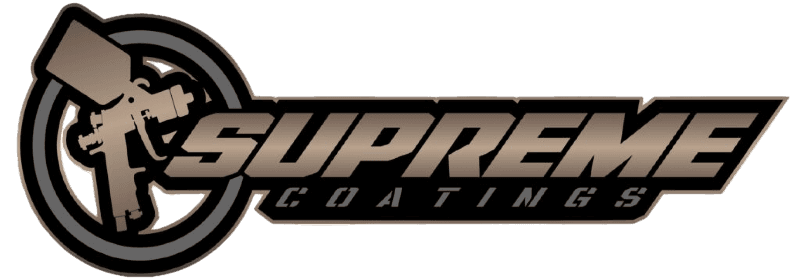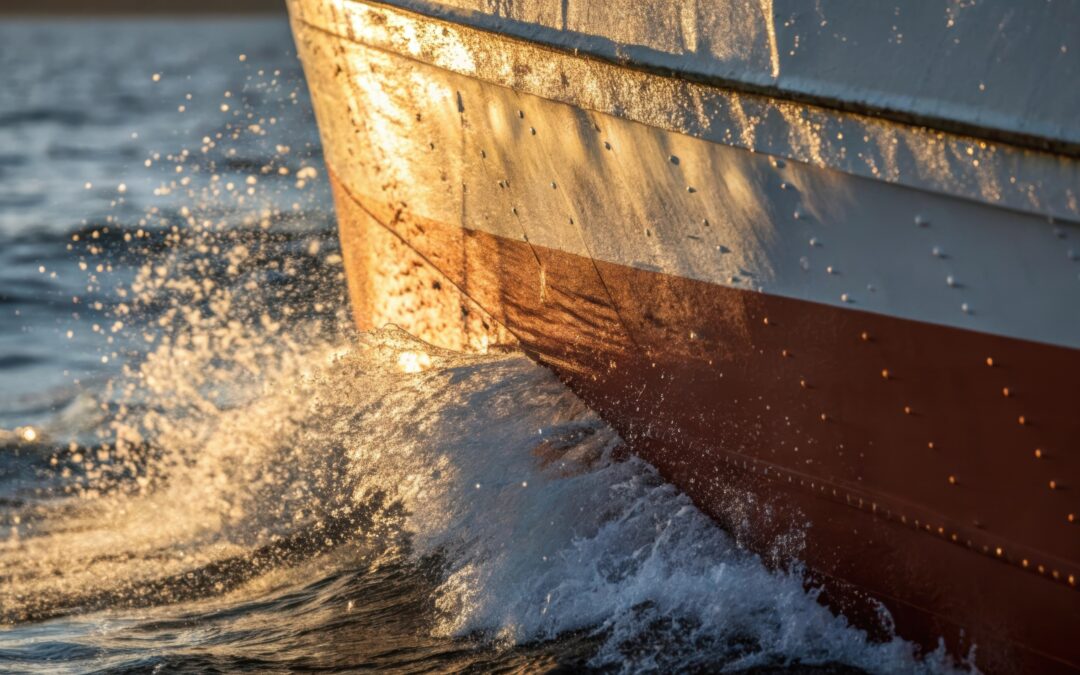In the UK’s challenging marine environments—where saltwater, humidity, and constant exposure to the elements are the norm—corrosion is a serious and costly problem. For boat owners, shipbuilders, and maritime engineers, protecting equipment and components from rust is essential to ensure safety, performance, and longevity.
That’s where ceramic coatings, especially Cerakote, come into play. These advanced coatings offer a superior level of rust protection that far surpasses traditional paint or coatings.
Why Rust Is a Major Issue in Maritime Applications
Whether you’re operating a fishing vessel, maintaining port equipment, or restoring a private yacht, corrosion is the enemy. Saltwater accelerates the breakdown of metal surfaces, causing:
- Structural weakening
- Performance degradation
- Frequent maintenance
- High long-term repair costs
Traditional paint and powder coating can offer some protection, but they often fail over time due to chipping, cracking, and water penetration—especially in the harsh conditions found around the UK coast.
What Makes Ceramic Coatings Different?
Ceramic coatings, such as Cerakote, are engineered for extreme durability, creating a dense, non-porous barrier that protects metal surfaces from moisture, salt, UV exposure, and abrasion.
Here’s why they’re ideal for maritime use:
🛡️ Unrivalled Corrosion Resistance
Cerakote provides a chemical bond to the substrate and resists salt spray, oxidation, and moisture ingress—making it perfect for protecting hulls, engine parts, rigging components, anchors, and fittings.
🌊 Marine-Grade Durability
Cerakote is tested to withstand thousands of hours in salt fog testing without failure. That’s significantly longer than conventional coatings, offering long-term protection with minimal maintenance.
⚙️ Ultra-Thin, High-Performance Layer
Unlike thick coatings that can interfere with moving parts or tolerances, Cerakote is applied in ultra-thin layers (0.5–1 mil). It’s ideal for precision components like engine parts, winches, and brackets.
☀️ UV and Chemical Resistance
In addition to battling corrosion, ceramic coatings also resist UV degradation, fuels, solvents, and cleaning chemicals, all of which are common in the marine environment.
🧽 Easy to Clean & Maintain
Cerakote-treated surfaces are hydrophobic, meaning they repel water, oils, and grime. This makes boats and equipment easier to clean and reduces the build-up of salt and marine debris.
Common Marine Applications for Ceramic Coatings
At Supreme Coatings LTD, we apply Cerakote to a wide range of marine and offshore components, including:
- Outboard and inboard engine casings
- Propellers and shafts
- Exhaust systems
- Metal fixtures and railings
- Winches, cleats, and pulleys
- Anchors and anchor chains
- Marine tools and hardware
Whether you’re maintaining a commercial fleet, outfitting a racing yacht, or restoring a vintage vessel, ceramic coatings provide long-term peace of mind.
A Cost-Effective Investment for the UK Marine Industry
Preventing rust before it starts is far more affordable than replacing corroded components or dealing with equipment failure at sea. Cerakote not only extends the life of your assets but also:
- Reduces downtime
- Cuts maintenance costs
- Enhances visual appeal
- Adds resale value to vessels and equipment
Looking for Marine-Grade Ceramic Coating in the UK?
At Supreme Coatings LTD, we offer professional Cerakote ceramic coatings tailored to the marine and offshore sectors. With our expert vapour blasting and surface prep services, we ensure maximum adhesion and durability, even in the most challenging conditions.
📞 Contact us today to learn how ceramic coatings can safeguard your boat or maritime equipment for years to come.

